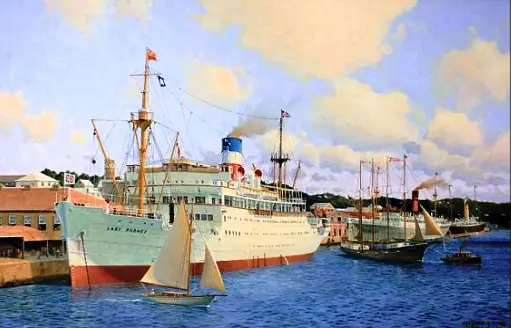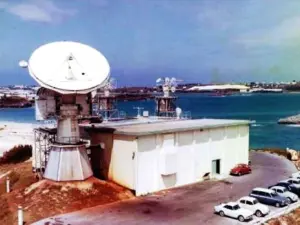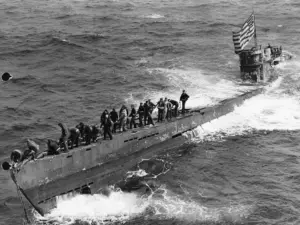- Description
- Curriculum
-
11900-1909: A Decade of Transformation
rom 1900 to 1909, Bermuda experienced significant shifts, influenced by its strategic British naval base and growing international connections. The islands fortified defenses initially against American aggression, but by 1900, the US and Britain became allies. This period saw infrastructure developments like the reopening of the Causeway and the building of Watford Bridge, alongside the establishment of the Royal Naval Dockyard's expanded South Yard. Bermuda played an unexpected role as a prisoner-of-war camp for Boer soldiers, impacting the local population and necessitating new facilities. Social changes included restricted voting rights and the arrival of West Indian workers for Dockyard construction. The burgeoning tourism industry was marked by the opening of Crystal Cave and the initiation of steamship services from New York, fostering economic growth and attracting notable figures like Mark Twain. Finally, advancements in communication with Reginald Fessenden's radio experiments and the beginnings of local infrastructure for electricity and motorized transport, albeit briefly, signaled a move towards modernity.
-
21910-1916: Society, Defense, and the Great War
The formalization of the annual Marathon Derby, developments in transportation and infrastructure like steamship services and a failed trolley proposal, and the granting of a new Coat of Arms. The text also highlights social and cultural events, such as the publication of books about Bermuda, the filming of early movies on the island, and the beginnings of a suffragette movement. Furthermore, the impact of World War I on Bermuda is significantly detailed, covering the deployment of local military units, the internment of German nationals, and the island's role as a strategic naval base. The entries conclude with personal stories of Bermudians and significant visitors, alongside ongoing wartime activities and local happenings.
-
31917-1920: War, Change, and New Beginnings
Heavily influenced by World War I and its aftermath. Bermuda's involvement in the war is highlighted through the actions of the Bermuda Militia Artillery in France and the experiences of Bermudian individuals in the British Merchant Navy and Royal Flying Corps. The documents also detail local impacts of the war, such as the opening of a new shipping channel, the establishment of a POW camp, and the arrival and stationing of British and American military personnel and vessels. Post-war, the focus shifts to Bermuda's economic and social changes, including the rise of tourism, the beginnings of aviation, and the effects of Prohibition in the United States. Furthermore, the text records significant local occurrences like the founding of institutions, a mutiny, and the visit of the Prince of Wales, offering a glimpse into Bermudian life during this transitional period.
-
41921-1927: Key Historical Developments
developments in Bermuda between 1921 and 1927, encompassing shifts in maritime transport and tourism, including the introduction of new steamships and cruise services, alongside efforts to enhance infrastructure like the Mid Ocean Golf Club and the beginnings of railway planning. The sources also highlight social and political changes, such as debates on labor, the establishment of the Bermuda Woman’s Suffrage Society, and the founding of the Bermuda Recorder newspaper. Significant economic activities are noted, including land acquisitions for development and challenges in the onion export market. Finally, the period was marked by notable natural events, most significantly the devastating 1926 hurricane, and also saw the passing of significant figures and visits of prominent individuals and vessels.
-
51930-1934
It covers a diverse range of happenings, including the establishment of new organizations and publications, like the Somerset Brigade Band and The Bermudian magazine, alongside significant developments in infrastructure and transportation, such as the commencement of the Bermuda Railway and the first flights between the US and Bermuda. The sources also highlight social and political matters, including discriminatory legislation and the early efforts towards women's suffrage. Furthermore, the text documents cultural and economic shifts, such as the impact of the Smoot-Hawley Act and notable visits from prominent figures, as well as groundbreaking scientific explorations like Dr. William Beebe's bathysphere dives.






